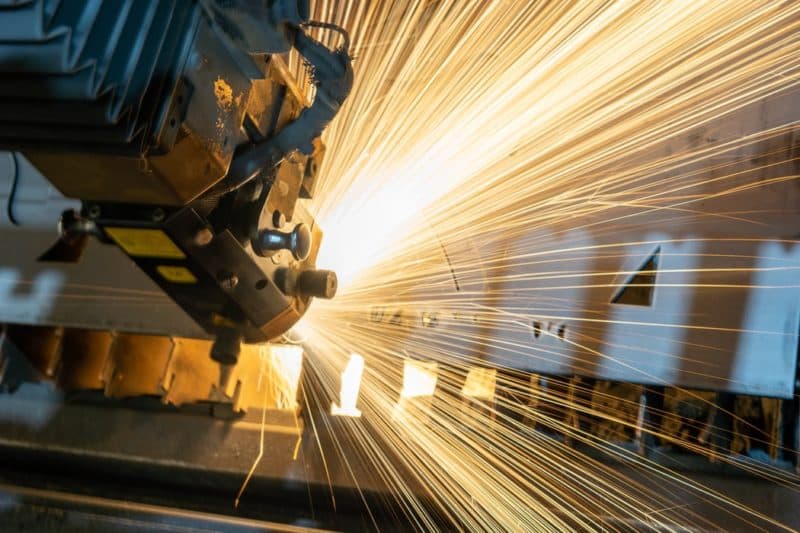CNC milling is costly primarily due to the use of expensive precision equipment and advanced materials. For instance, a five-axis CNC mill can cost upwards of $300,000, with annual maintenance costs amounting to 3%-5% of the purchase price. Additionally, skilled operators and continuous technical training are required to manage these machines.
High Costs of Advanced Materials
The high costs of cutting tools are one of the primary reasons advanced materials are used in CNC milling processes. For example, titanium alloys cost $150 per kilogram versus about $4 per kilogram for traditional carbon steels.
In the case of use in special CNC milling operations such as Inconel 718 (special superalloys) with a cost per kilogram up to $200, due to their ability and performance at high temperatures or extreme environmental conditions, being used most frequently in applications that have some very demanding requirements like jet engines but also equipment for space exploration.
Typically, this material makes up more than 50% of the total cost for CNC milling using these advanced materials according to industry reports. In one example, titanium resources are not distributed across the globe rather spread mainly in two countries i.e. Russia and China. Material supply and price stability also are some of the challenges to be faced because of this geopolitical factor.

Cost of Precision Equipment Purchase and Maintenance
CNC milling requires expensive precision equipment. A five-axis CNC mill that is expert grade could possibly amount to anywhere from $300,000 and also higher.
There is also expensive maintenance and upgrading of the equipment as well. A good example is that the annual maintenance cost of CNC machines is 3%-5% in accordance with purchase price, which covers plans such as periodic replacement and upgrading to maintain machine performance.
With high-end CNC equipment, such as a laser measurement system and automatic tool changer can greatly improve machining efficiency and accuracy at the same time to increase production costs. This would correspond to an additional $20,000 in a laser among all of its equipment (the majority).
Typically high-end CNC machines are good for about 10 years before they need some really major upgrades or replacement. So, it is because of these periods that CNC milling the high operating costs in the entire industry.
Analysis of Technical and Manpower Costs
In the USA, a CNC machine operator makes about $55,000 per year with lots and lots of experience, in technologically advanced areas like Silicon Valley or other high-tech hubs this figure will be higher. Because mechanical operators require the ability to operate a machine, and must become proficient in CAD (Computer-Aided Design) or CAM (Computer-Aided Manufacturing), this introduces additional training costs.
Of course, each printer will require multiple hours of a machine gun programming to make sure that the machine can reproduce with accuracy complex design drawings. For instances, a complex aerospace part can take 10+ hours in programming and setup – at an average cost of $1000 each (not include the machining to produce it).
Industry statistics show that businesses are required to make a significant investment in at least 40 hours of advanced training for operators every two years just so that their CNC milling center can keep up with the new technology.
Lack of technical talent in the CNC milling industry is a problem that companies face, regarding human resources. Well, production technology is evolving so quickly that the talent crisis drives wage order increases and this has been expected but it put a lot of pressure on labor costs.








